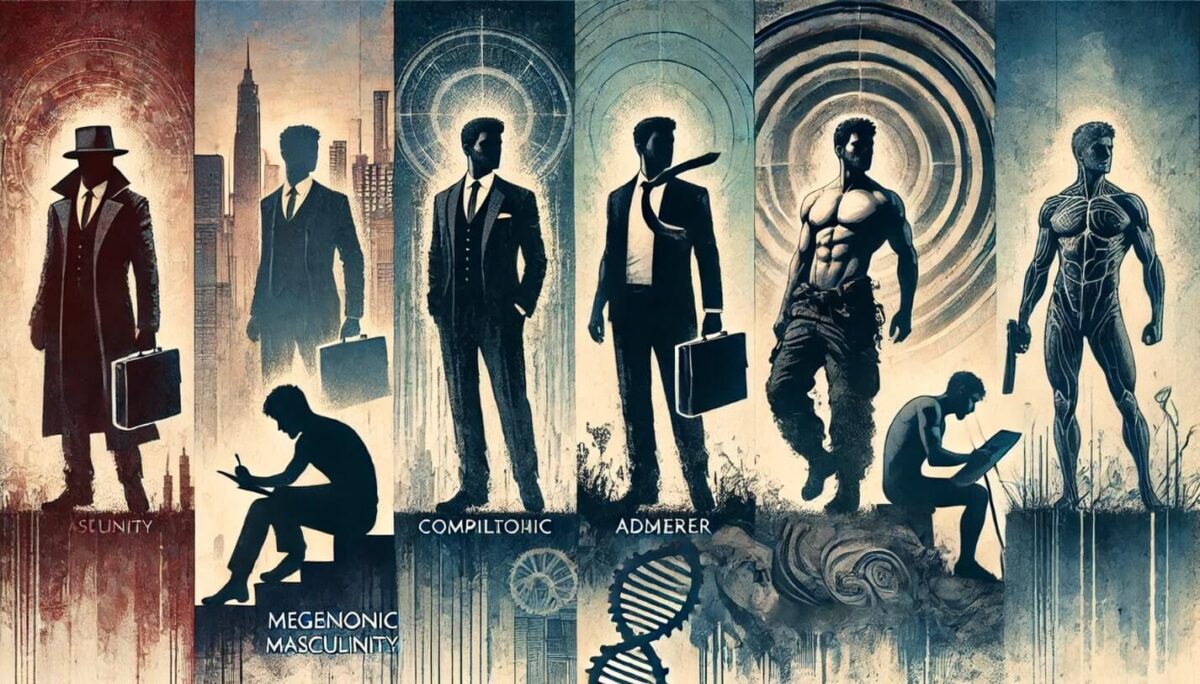What is the difference between a psychologist and psychiatrist? When you’re struggling with your mental health or trying to support someone who is, knowing where to turn can be confusing. You might have heard the terms “psychiatrist” and “psychologist” used interchangeably but they’re not the same. Both professionals are trained to help people manage mental […]




